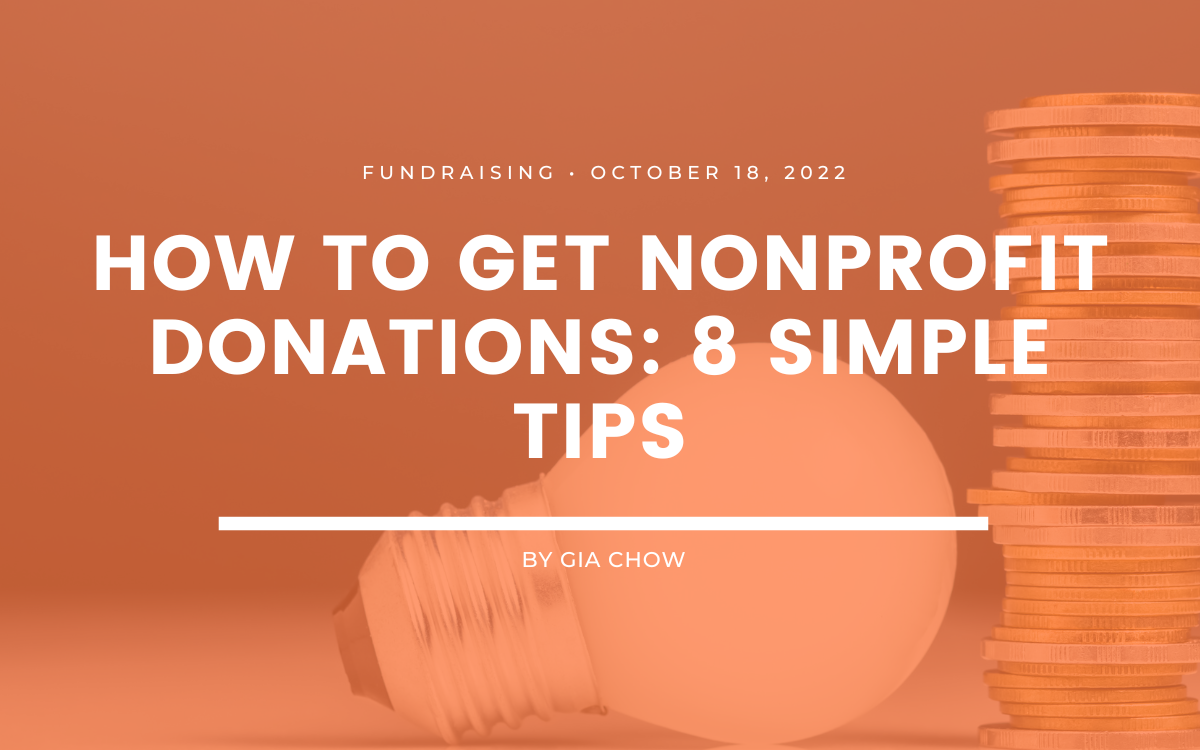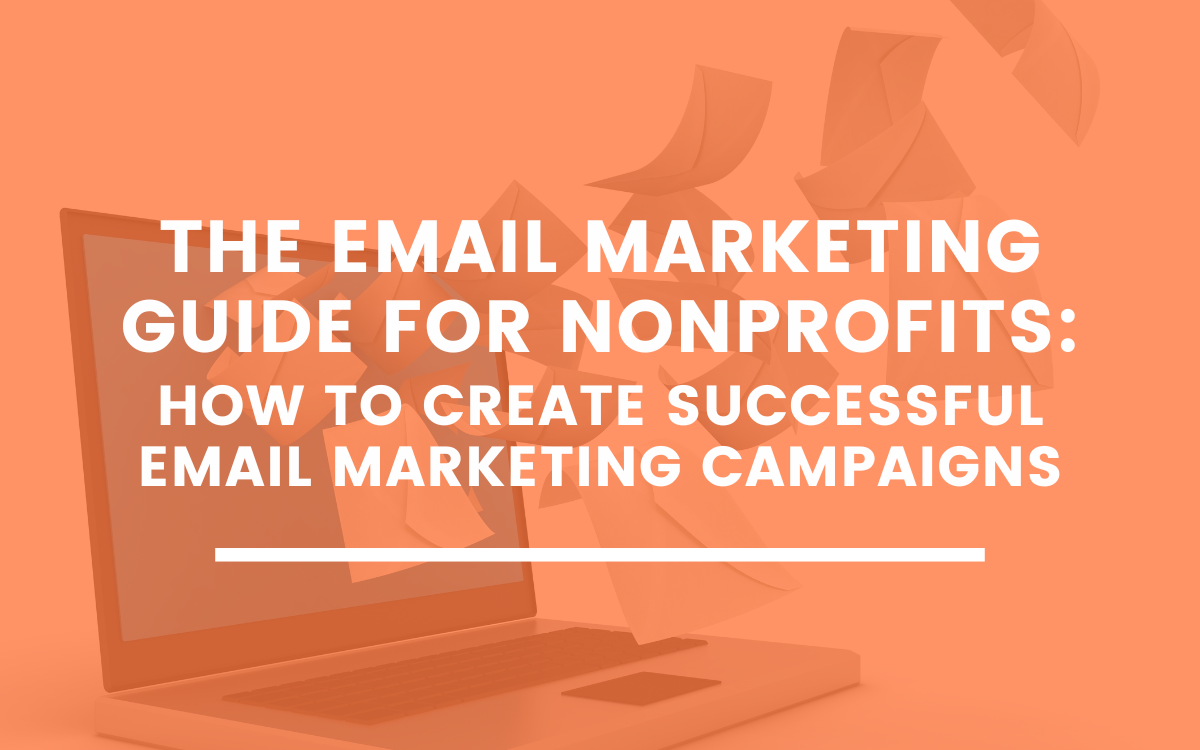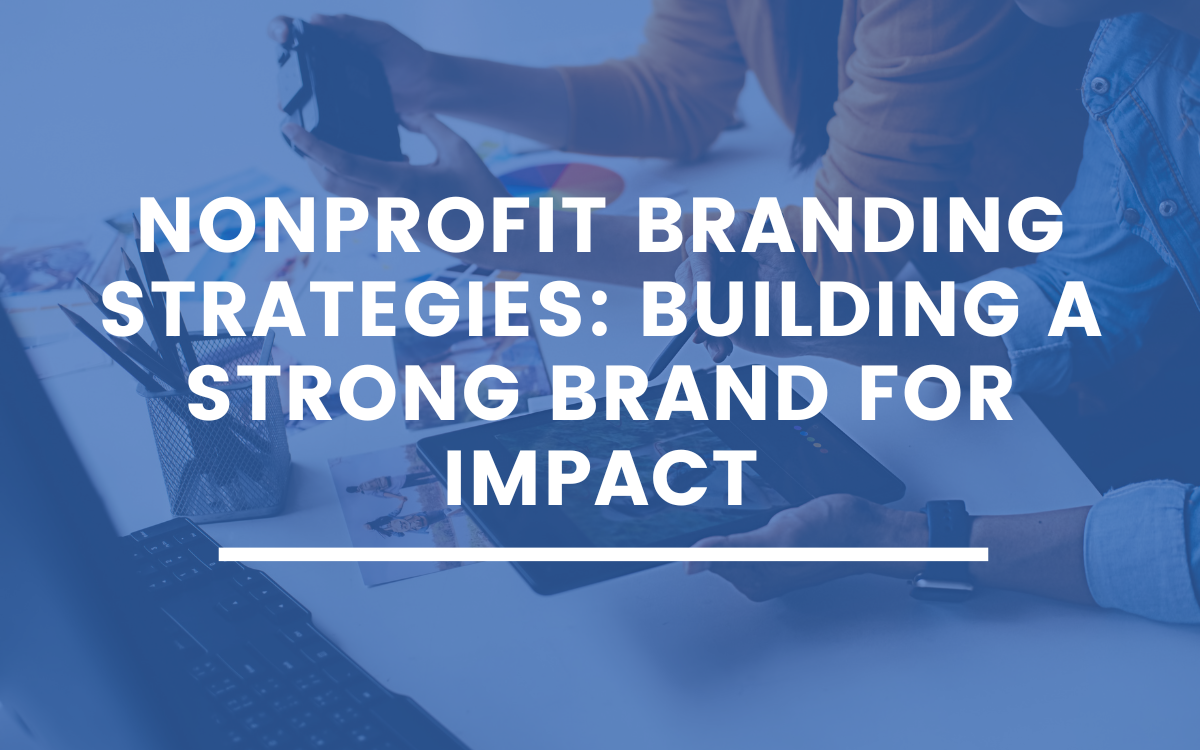Five Strategies to Become a Better Storyteller
2 min to read ✭ Learn how to take your organizational storytelling to a new level with a five step storytelling framework. It is time to take good ideas and turn them into great stories.
How To Become A Stronger Storyteller
Storytelling is essential to many nonprofits, especially for marketing and fundraising efforts. In this digital day and age, mastering the art of storytelling is something that organizations must have as a strong suit. There are many different strategies that an organization can utilize in order to effectively portray its mission and impact through storytelling. For starters, we’ve found a 5-Step Storytelling Framework to be effective when put to action.
The best way to do this storytelling exercise, however, is to get together with your team and have each person bring one thing that they care about and would like to share with their colleagues. Then, have everyone go around the room and take a moment to share what they brought to the table and why. From there, you will go into the 5-Step framework.
Step One: Hook Your Audience
Immediately grabbing your audience’s attention and then maintaining it is vital. The key to hooking your audience is to ensure that your “hook” is brief and pertinent to the greater topic at hand., Additionally, it needs to create a bit of tension so that your audience becomes invested in the story you are telling.
Step Two: Provide A Setting
Step two is about painting a picture of where your story is happening. Allow readers, listeners, or viewers to use their imaginations and create a mental image of the place where your story is occurring. There is power in asking the audience to use their imagination and to play along with your story.
Step Three: Introduce Your Characters
The third tactic is focused on introducing your key players. Who are your characters? What are their personalities? What experiences are they going through? All these questions are important to pinpoint, otherwise your audience will not WHO the story is about – thus, they might not be able to make a strong connection or have empathy for the people of your story.
Step Four: Solve The Conflict
After you have given your audience the plot, which is essentially your nonprofit’s mission, you will reach the point in the story where conflict resolution comes into play. In other words, share with your audience what your organization is doing in order to accomplish your mission, or solve the greater conflict at hand. This step is just as important as the rest, as it is where your audience will start to understand their role in resolving the conflict. How does their part in the story help alleviate the greater problem? This is where they will start to realize that they can be a part of what your organization is doing to tackle an important issue.
Step Five: Create A Call-To-Action
Finally, end powerfully with a call-to-action. A strong one-liner is especially important on the digital front, increasingly so as your end goal is to get people’s attention. Ultimately, you want to make sure your call-to-action powerfully encompasses the message you are trying to get across through your storytelling efforts.




